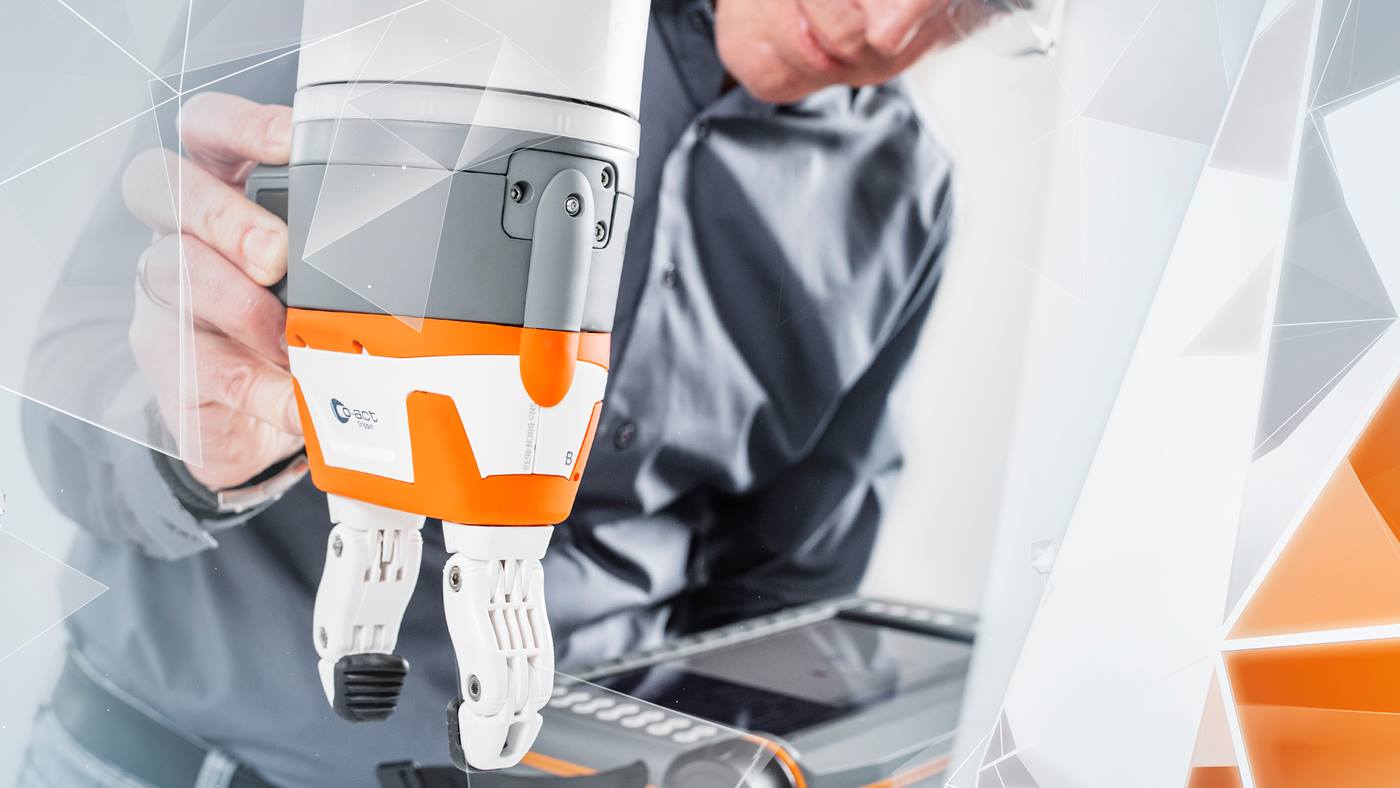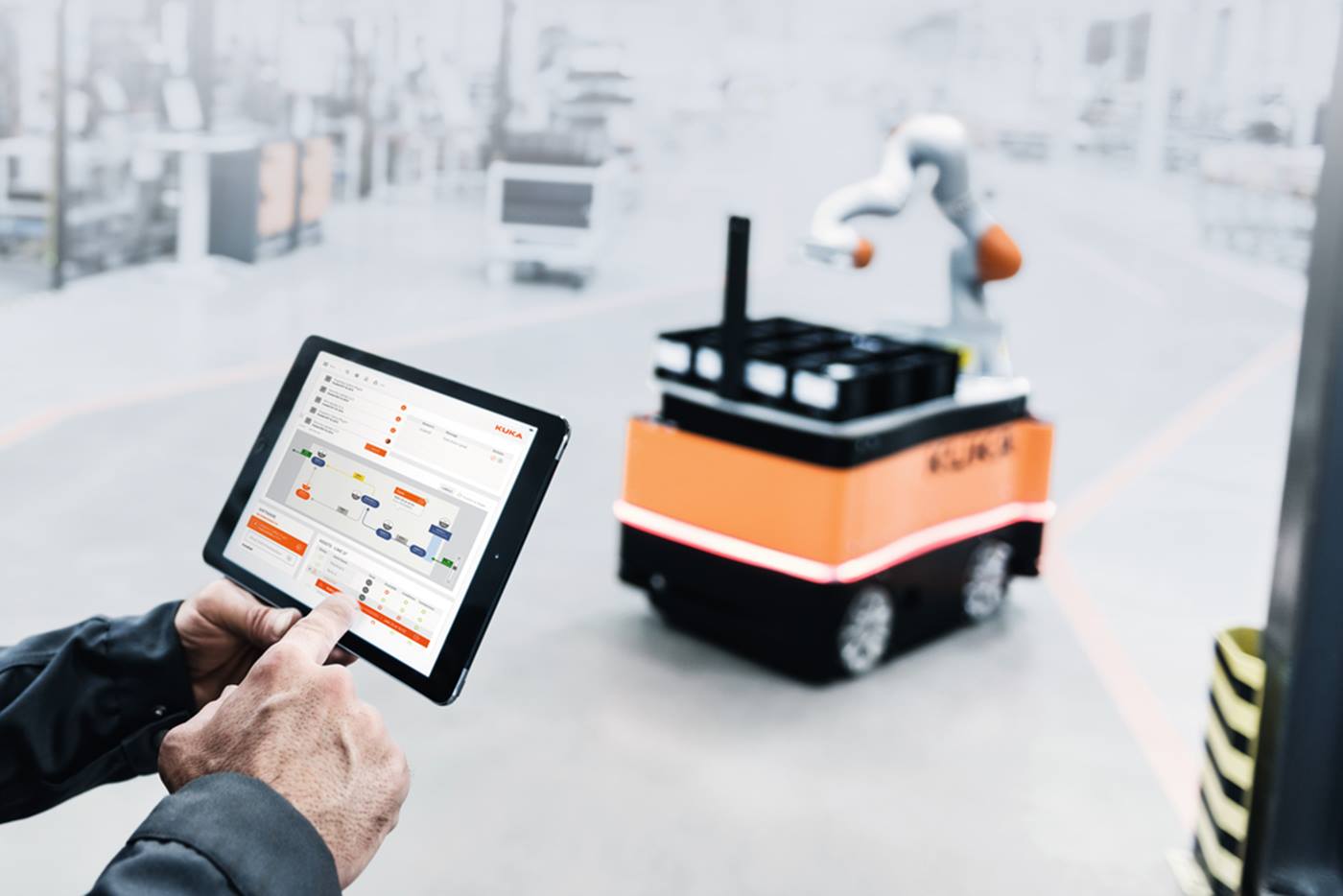Opera goals
The goal is to transparently represent model parameters and model errors in the kinematics and dynamics of CoBots as well as the robot environment and make them available to the user so that system integrators and end users can more intuitively and better estimate the performance of the robot system. With the representation of the error potential of the robot system, it should furthermore be possible to make predictions regarding the influence of model accuracies on the feasibility of individual work steps, so that semantic knowledge can be taken into account in the process design in addition to geometric variables. Ultimately, this should make it possible to automatically design manufacturing processes and the associated work cells for increased reliability by using model parameters and model errors, but also their influence on individual actions of a sequence, for optimization.




